The Lancet UAV is continuously improved by Russia, becoming one of the most fearsome weapons for the Ukrainian army as no countermeasures have been found.
Images released by Russian soldiers on November 9 show the Lancet suicide unmanned aerial vehicle (UAV) improved with a LIDAR system, capable of measuring the exact distance to the target to remotely activate the warhead.
A video posted the same day shows a Lancet using an Explosive Penetrator (EFP) warhead detonated from a distance of several meters to disable the wire mesh protecting the Ukrainian M2 Bradley infantry fighting vehicle. This Lancet innovation makes the Ukrainian tank and armor protection measures using wire mesh or cage armor less effective.
Lancet UAV attacks Ukrainian Bradley vehicle in video released on November 9. Video: Telegram/RVvoenkor
Western military experts say this is one of many improvements that Russia has applied to the Lancet UAV in real combat, to maintain the power of the weapon that is considered a constant nightmare for the Ukrainian army on the battlefield.
"The attack on the MiG-29 fighter at Dolgintsevo base, more than 70 km from the front line, shows that the Lancet is increasingly powerful, while Ukraine is struggling to find ways to counter and protect its invaluable weapons," commentator Francis Farrell wrote in the Kyiv Independent .
Ukrainian officials have also repeatedly acknowledged the danger from the Lancet UAV.
In an article about technological challenges on the battlefield published on November 1, Ukrainian military commander Valeri Zaluzhny mentioned the Lancet many times and emphasized that it is a "very difficult weapon to deal with".
The Lancet UAV was developed by Zala Aero, a subsidiary of Russia's Kalashnikov Concern, based on the KUB-BLA cruise missile and launched in 2019. It fills an important gap between lightweight drones carrying explosives and long-range suicide UAVs like the Geran-2, meeting the need for a medium-range weapon specializing in high-precision strikes and counter-battery at the tactical and operational level.
The tactics for using Lancets are simple. Russian forces often use reconnaissance UAVs such as the Orlan-10 and SuperCam to find targets, then mark the location for deploying Lancets.
The first Lancet models could automatically dive to a target marked by the operator, or be controlled manually to select the most vulnerable position of the target. The latest Lancet version used in Ukraine has the added ability to automatically detect and track targets, without instructions from the control crew.
Alexander Zakharov, chief designer of Zala Aero, said in July that the company is developing the Lancet series equipped with target selection algorithms and combat coordination capabilities, applying the doctrine of coordinated attack using UAV swarms.
"The Lancet can detect the equipment from a very far distance, even if we hide and camouflage them among the trees, then swoop down like a falcon," said an air defense officer nicknamed Hollywood of the 47th Independent Mechanized Brigade of Ukraine.
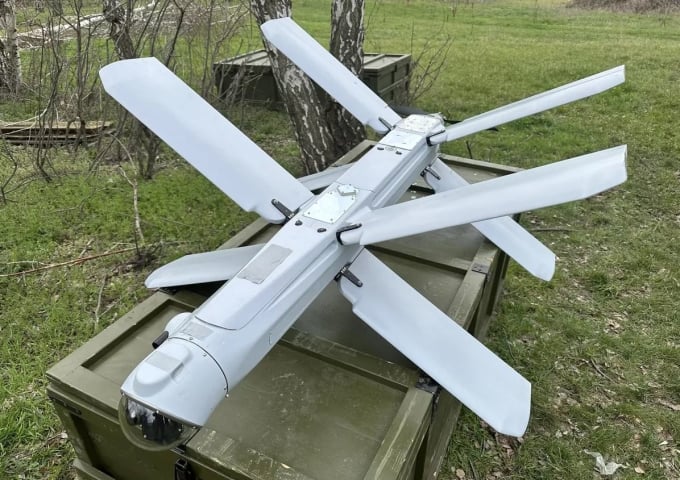
Lancet UAV deployed by Russian forces in the operation in Ukraine. Photo: RIA Novosti
The high combat effectiveness has prompted Russia to expand the Lancet production line. Russian state television channel Rossiya-1 reported in July that the production of this UAV line has increased more than 50 times since the outbreak of hostilities. Lancet hardware and software are also constantly upgraded, helping to increase their flight range and accuracy.
The Ukrainian military is having to adopt a variety of measures to protect its high-value equipment from the Lancet threat, although this does not always work.
The Lancet’s small size, composite construction, and low infrared signature make it difficult to detect by radar and air defense systems. Its low cost and large numbers make Ukrainian soldiers reluctant to fire expensive anti-aircraft missiles to intercept it.
The Ukrainian military now relies heavily on anti-aircraft batteries equipped with Soviet-era ZU-23 guns to counter the Lancet. They occasionally report shooting down a Lancet UAV, but that is usually due to luck. "Our brigade has recorded cases of using AKs to destroy Lancets, but that is extremely rare," Hollywood admitted.
Inside Russia's Lancet suicide UAV factory. Video: Rossiya-1
Former Ukrainian President Petro Poroshenko announced a crowdfunding campaign on November 3, aiming to raise $4.2 million to build a jamming system that can counter the Lancet tactic. "The system can neutralize Orlans from a distance of 20 kilometers, preventing them from marking targets for Lancets," he said.
When remote deterrence measures failed, Ukrainian soldiers came up with a way to attach steel mesh to protect their equipment from Lancet strikes. This was considered a primitive but highly effective measure.
Militarnyi , the largest military news portal in Ukraine, said that old Russian suicide UAV models had repeatedly gotten caught in steel nets when attacking Ukrainian tanks and armored vehicles and could not activate their impact warheads to destroy the target.
However, the appearance of the Lancet model using LIDAR sensors and EFP warheads seems to have also neutralized this option.
"Russia has developed a specialized weapon to meet specific operational requirements. The Lancet is highly effective and is constantly being improved, which is why the Ukrainian military has had to openly admit that it is a very dangerous weapon," said Samuel Bendett, an expert on robots and UAVs.
Vu Anh (According to Kyiv Independent )
Source link


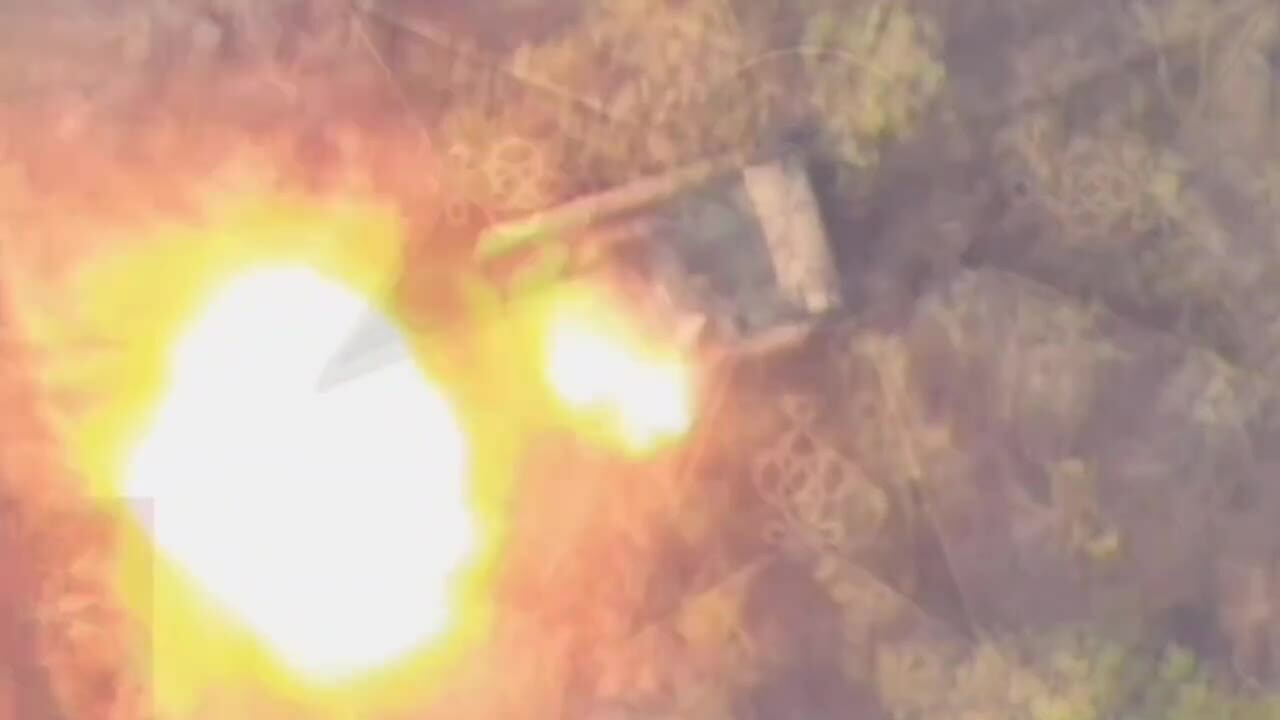
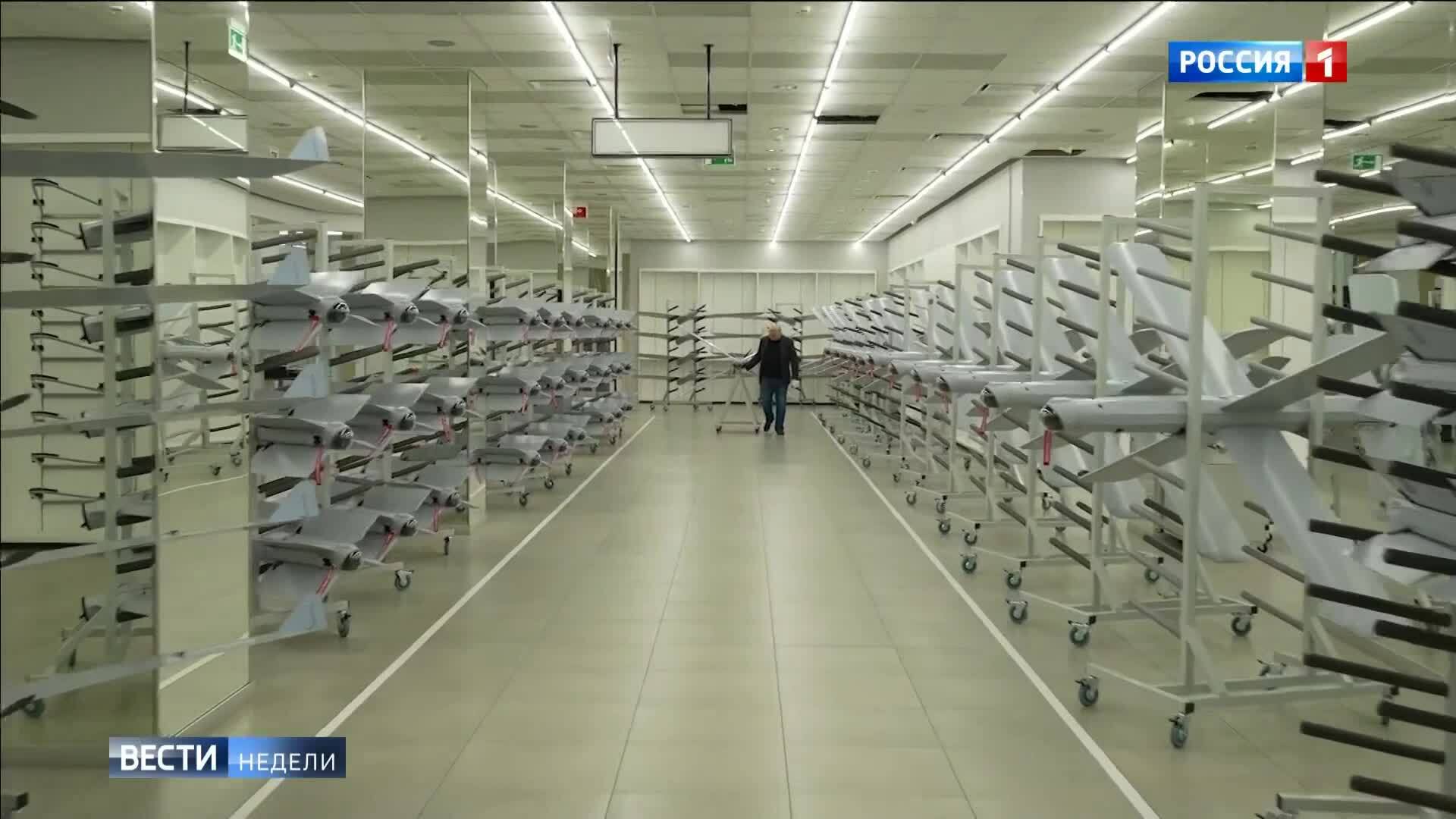

![[Photo] General Secretary To Lam attends the 8th Congress of the Central Public Security Party Committee](https://vphoto.vietnam.vn/thumb/1200x675/vietnam/resource/IMAGE/2025/10/4/79fadf490f674dc483794f2d955f6045)


![[Infographic] Notable numbers after 3 months of "reorganizing the country"](https://vphoto.vietnam.vn/thumb/1200x675/vietnam/resource/IMAGE/2025/10/4/ce8bb72c722348e09e942d04f0dd9729)


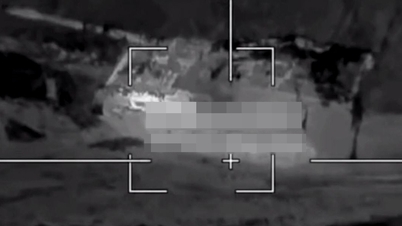
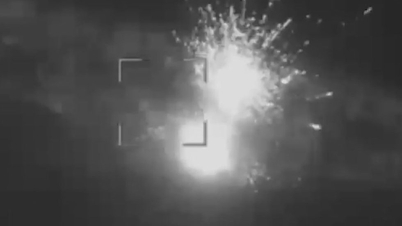
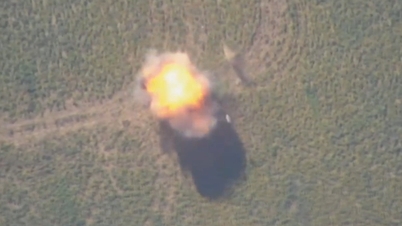
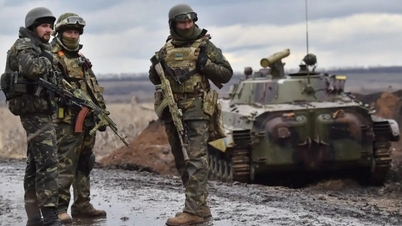

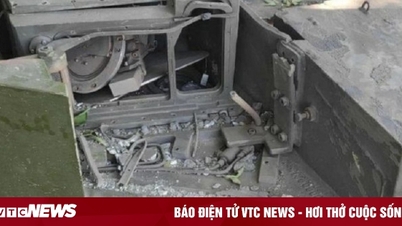





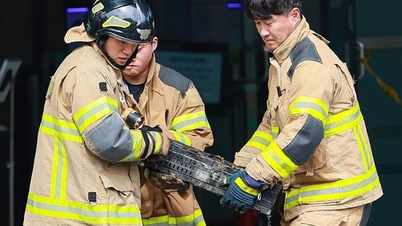













![[Photo] Students of Binh Minh Primary School enjoy the full moon festival, receiving the joys of childhood](https://vphoto.vietnam.vn/thumb/1200x675/vietnam/resource/IMAGE/2025/10/3/8cf8abef22fe4471be400a818912cb85)
![[Photo] Prime Minister Pham Minh Chinh chairs meeting to deploy overcoming consequences of storm No. 10](https://vphoto.vietnam.vn/thumb/1200x675/vietnam/resource/IMAGE/2025/10/3/544f420dcc844463898fcbef46247d16)














































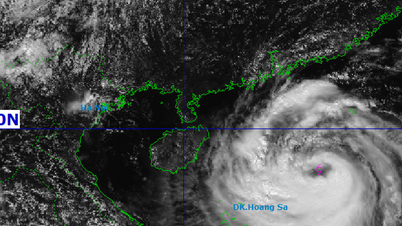















Comment (0)